ATP Instrumentation IEC61672-1 CLASS2 User manual
Other ATP Instrumentation Measuring Instrument manuals
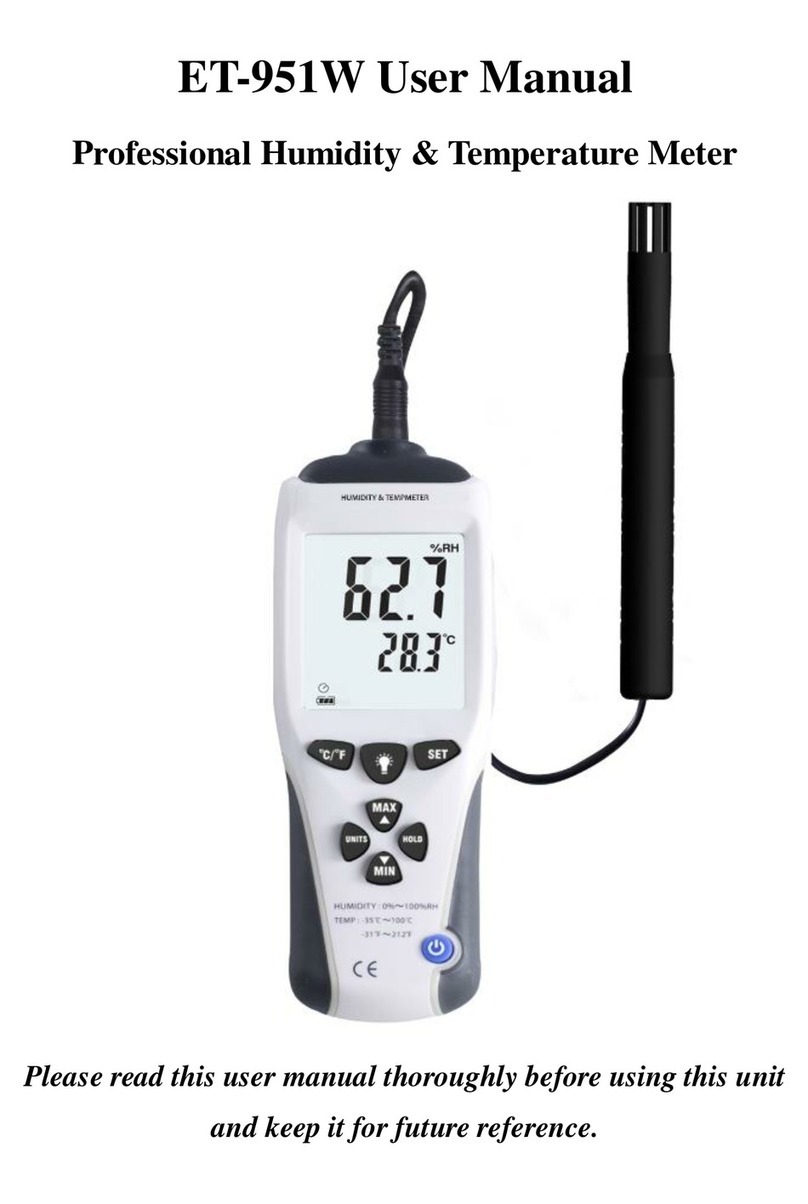
ATP Instrumentation
ATP Instrumentation ET-951W User manual
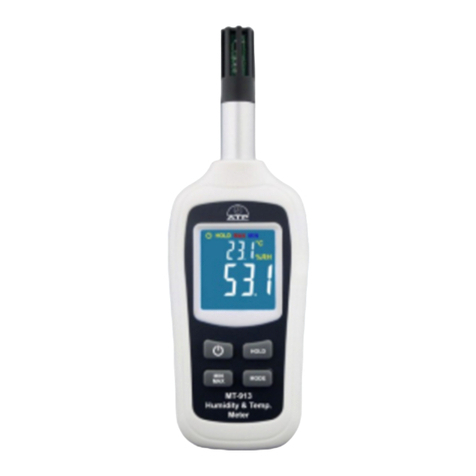
ATP Instrumentation
ATP Instrumentation MT-913 User manual
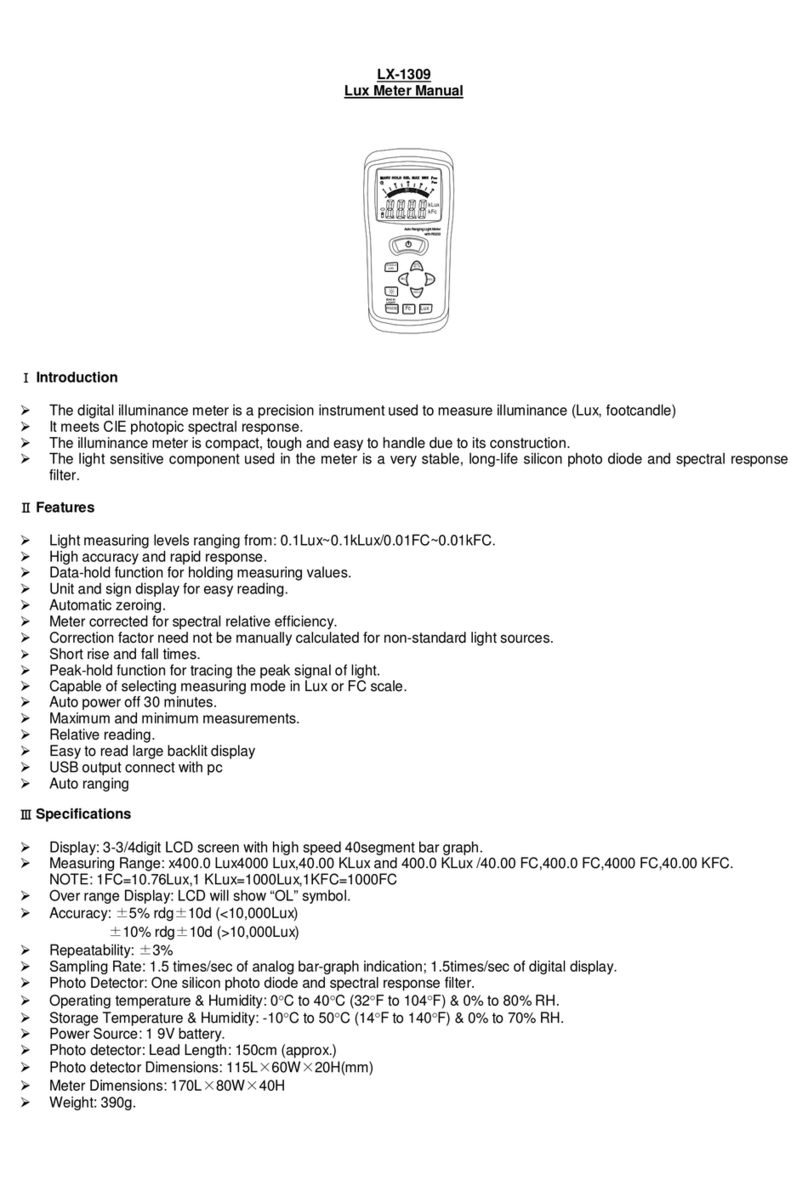
ATP Instrumentation
ATP Instrumentation LX-1309 User manual

ATP Instrumentation
ATP Instrumentation AET-951W User manual
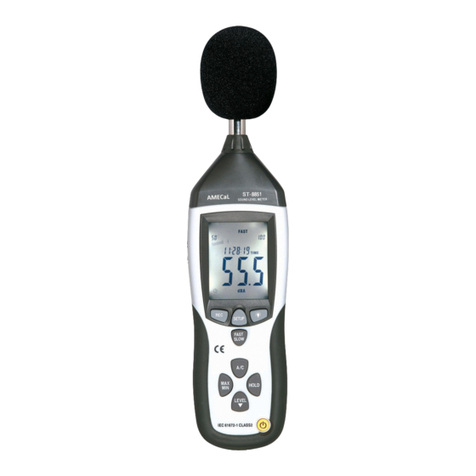
ATP Instrumentation
ATP Instrumentation SL-8851 User manual
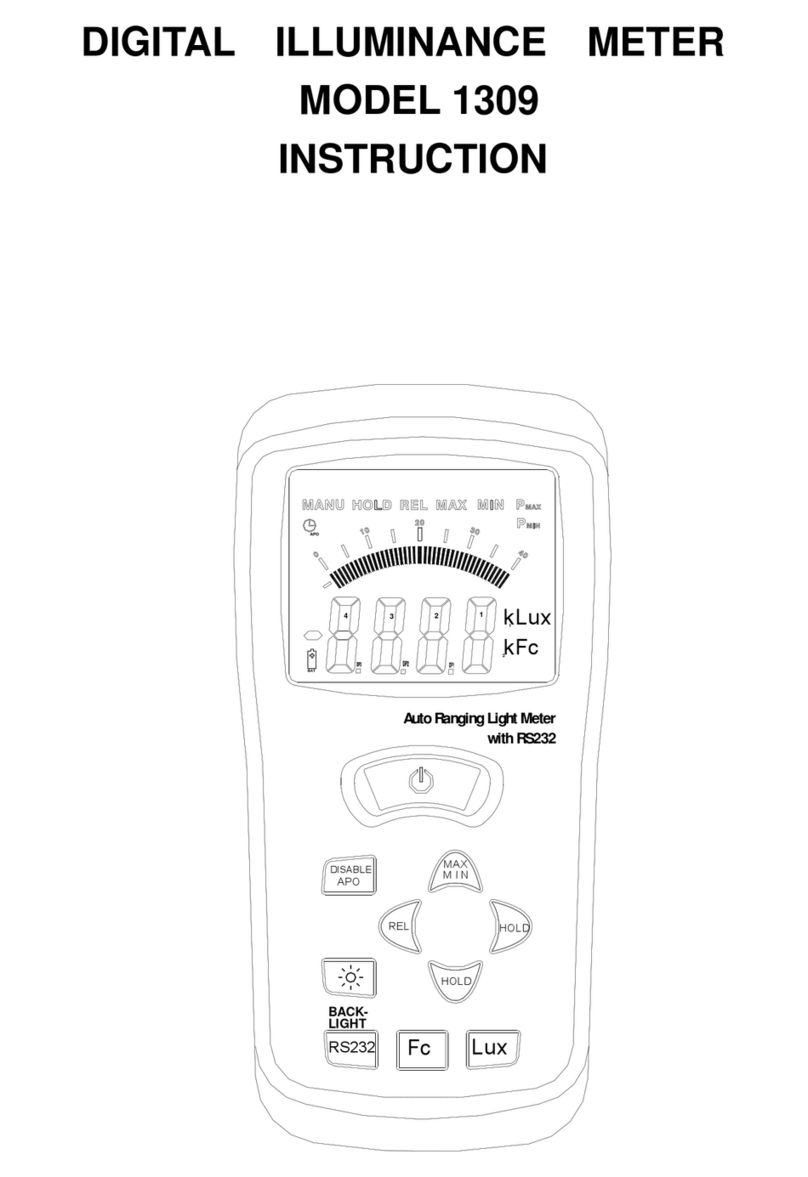
ATP Instrumentation
ATP Instrumentation 1309 User manual
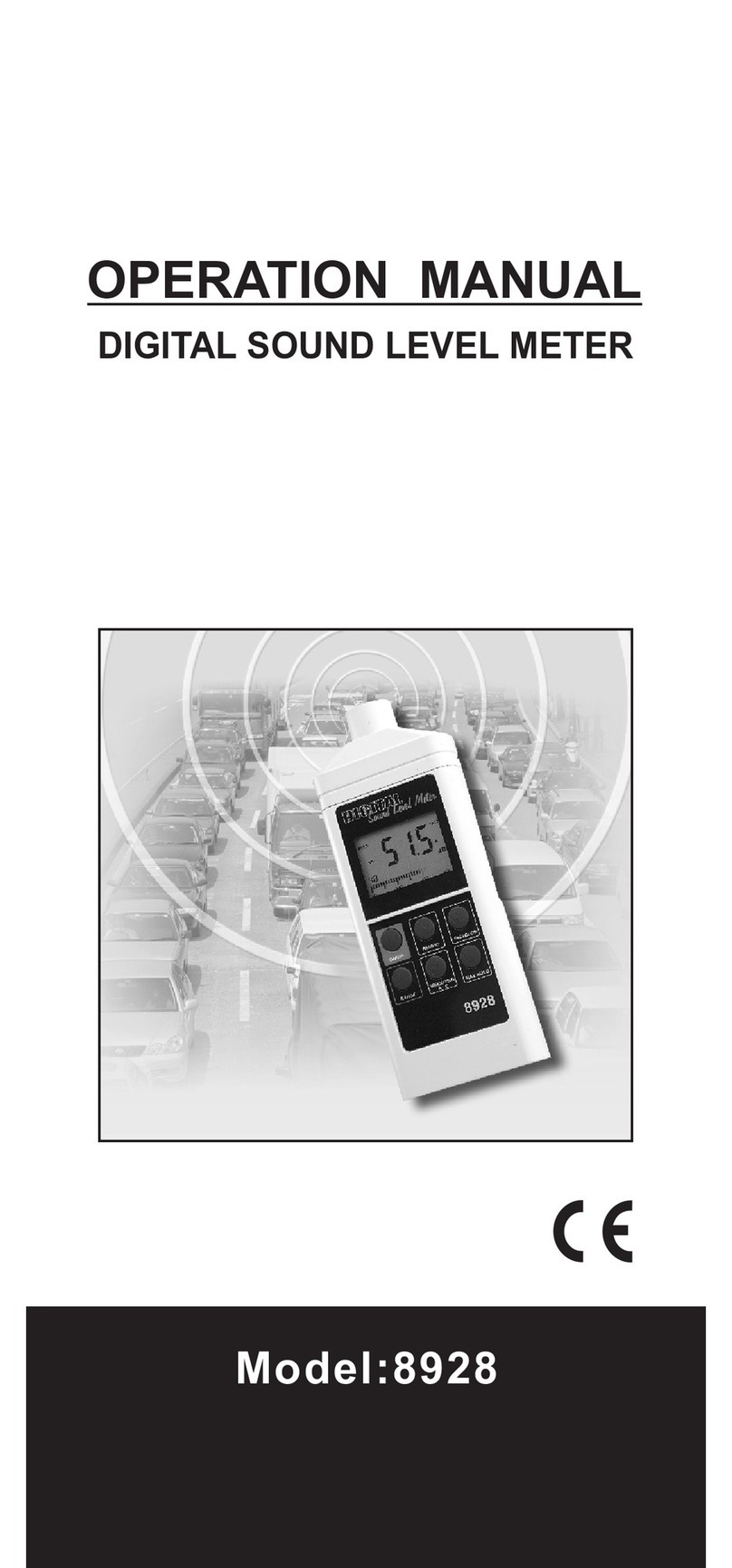
ATP Instrumentation
ATP Instrumentation 8928 User manual

ATP Instrumentation
ATP Instrumentation 8820 User manual
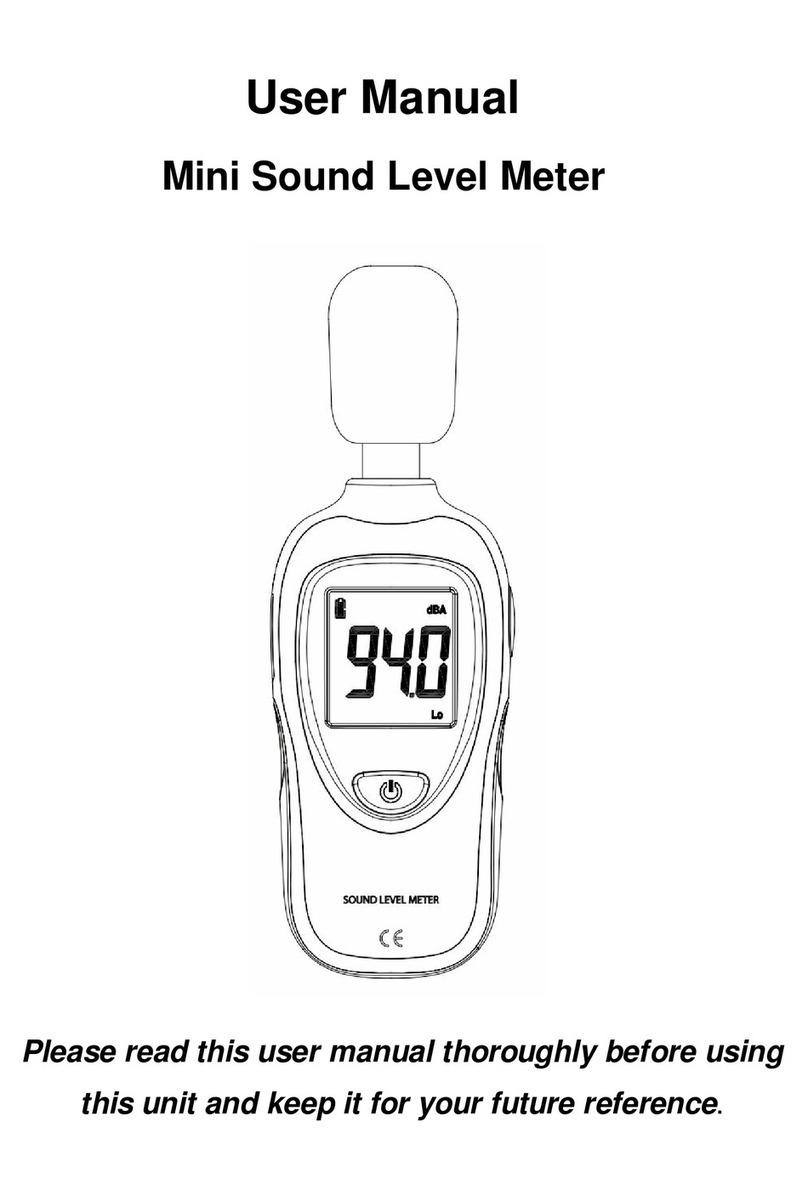
ATP Instrumentation
ATP Instrumentation MT-901A User manual
Popular Measuring Instrument manuals by other brands

Powerfix Profi
Powerfix Profi 278296 Operation and safety notes

Test Equipment Depot
Test Equipment Depot GVT-427B user manual

Fieldpiece
Fieldpiece ACH Operator's manual

FLYSURFER
FLYSURFER VIRON3 user manual

GMW
GMW TG uni 1 operating manual

Downeaster
Downeaster Wind & Weather Medallion Series instruction manual

Hanna Instruments
Hanna Instruments HI96725C instruction manual

Nokeval
Nokeval KMR260 quick guide

HOKUYO AUTOMATIC
HOKUYO AUTOMATIC UBG-05LN instruction manual

Fluke
Fluke 96000 Series Operator's manual

Test Products International
Test Products International SP565 user manual

General Sleep
General Sleep Zmachine Insight+ DT-200 Service manual















